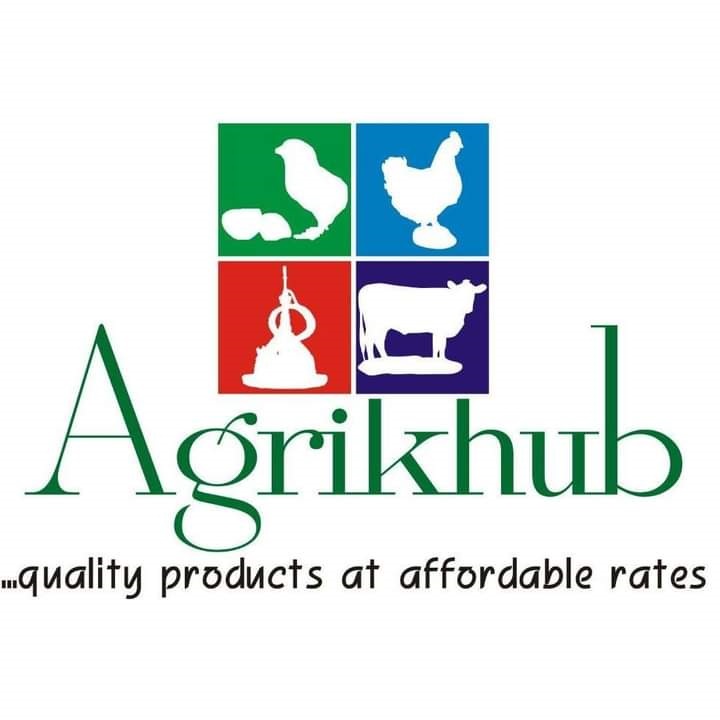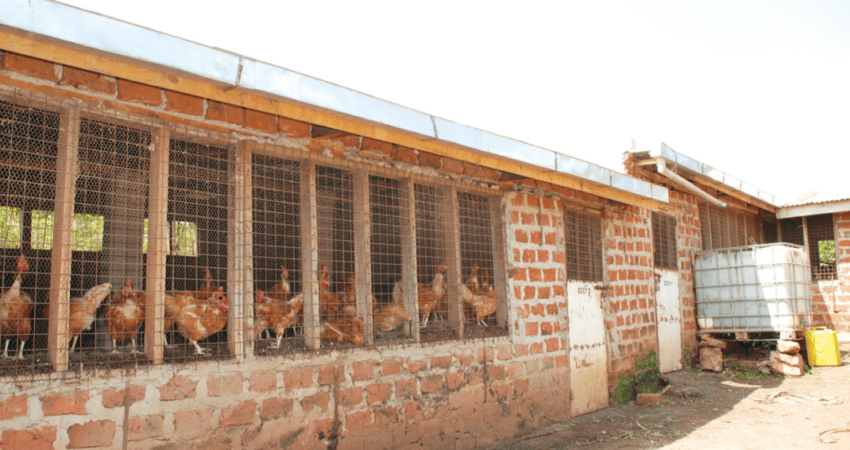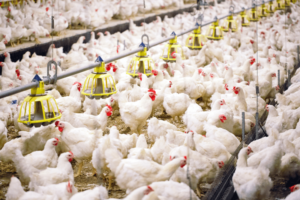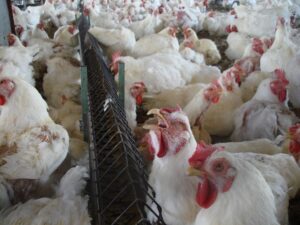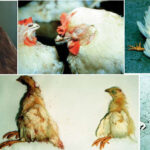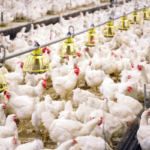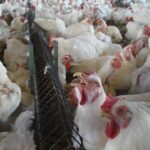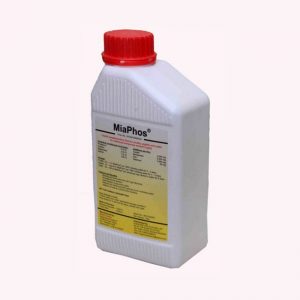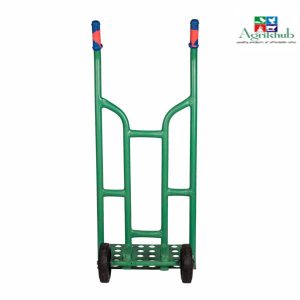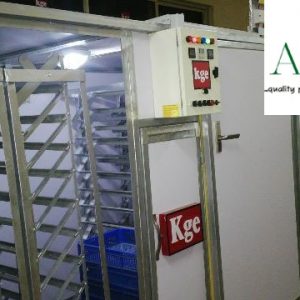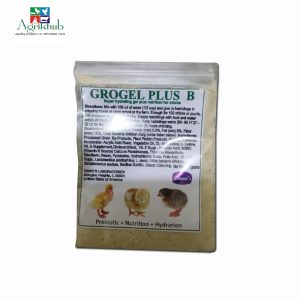Share this Post
The poultry house requires certain features for the better farming of poultry. They are:
- The poultry houses or farms are to be located in non-residential areas so that the poultry is away from noise, dust, etc.
- The farm should be constructed in such a way that it maintains good environmental conditions.
- The farm should be elevated from the ground. Due to this, water may not get into the farm during rainy season.
- The poultry farms are to be constructed in east to west direction along their length. As a result, good sun-shine is available.
- The farm is to be located in a place where transport facilities are available. Water, electricity, feed and equipment are to be within the reach of the farm.
- The farm is to be located near the consumer areas.
- The poultry housing also requires proper temperature and light. At 30° C, the chicken can lay eggs well. Electric bulbs should be arranged at a height of 7ff. in poultry farms to provide warmness. These lights are to be switched on during first seven weeks. A relative humidity of 50-60% is ideal for poultry.
- The sheds are to be ventilated properly. Proper ventilation helps in providing sufficient oxygen for birds and removes harmful gases such as ammonia and carbon dioxide. It also removes moisture in the house and helps in keeping optimum temperatures. To facilitate ventilation, the farm house is to be constructed in such a way that it should have an open front, adjustable windows or cloth covered frames and ventilation at ridge level.
- The flooring of poultry house is to be constructed either with cement or napa slabs. Its roof is to be constructed either with palmyra leaves or cement sheets.
- The chicken in a poultry farm are to be fed with sufficient food and water. Food troughs and water troughs are to be arranged depending on the size of poultry farm. The egg laying pots are also to be established in poultry sheds. One food trough is to be kept for every 20 fowls. The food troughs should not be filled completely with food material. The water given to fowls should be always clean and sufficient.
Types of Housing for Poultry
1. Deep litter
- In this system the birds are kept in litter floor.
- Arrangement for feed, water and nest are made inside the house.
- Fresh litter materials spread on the floor.
- The birds are kept on suitable litter material of about 3” to 5” depth.
- Usually paddy husk, saw dust, ground nut hulls, chopped paddy straw or wood shavings are used as litter materials.
- This arrangement saves labour involved in frequent cleaning of faecal matter (droppings), however it needs periodical stirring.
- The litter is spread on the floor in layers of 2” height every fortnightly till the required drying is achieved.
Advantages
- Vit B2 and Vit B12 are made available to birds from the litter material by the bacterial action.
- The welfare of birds is maintained to some extent.
- The deep litter manure is a useful fertilizer.
- Lesser nuisance from flies when compared to cage system.
Disadvantages
- Because of the direct contact between bird and litter, bacterial and parasitic disease may be a problem.
- Respiratory problems may emerge due to dust from the litter.
- The cost of litter is an additional expenditure on production cost.
- Faults in ventilation can have more serious consequences than in the cage system.
2. Cage system
- This system involves rearing of poultry on raised wire netting floor in smaller compartments, called cages, either fitted with stands on floor of house or hanged from the roof.
- It has been proved very efficient for laying operations, right from day-old to till disposal.
- At present, 75% of commercial layers in the world are kept in cages.
- Feeders and waterers are attached to cages from outside except nipple waterers, for which pipeline is installed through or above cages.
- Auto-operated feeding trolleys and egg collection belts can also be used in this rearing system.
- The droppings are either collected in trays underneath cages or on belts or on the floor or deep pit under cages, depending on type of cages.
Advantages
- Minimum floor space is needed.
- More number of eggs per hen can be received.
- Less feed wastage.
- Better feed efficiency.
- Protection from internal parasites and soil borne illnesses.
- Sick and unproductive birds can be easily identified and eliminated.
- Clean eggs production.
- Vices like egg eating, pecking is minimal.
- Broodiness is minimal.
- No need of litter material.
- Artificial Insemination (AI) can be adopted.
Disadvantages
- High initial investment cost.
- Handling of manure may be problem. Generally, flies become a greater nuisance.
- The incidence of blood spots in egg is more.
- Problem of cage layer fatigue. (It is a condition, in which laying birds in cages develop lameness. It may be due to Ca and P deficiency but the exact reason is not known)
- In case of broilers, incidence of breast blisters is more, especially when the broilers weight is more than 1.5 kg.
3. Elevated cage system
- The height of the shed is raised by 6-7 feet using concrete pillars.
- The distance between two pillars is 10 feet.
- Two feet wide concrete platforms are made over the pillars. When 3 ‘M’ type cages are arranged 4 platforms are needed.
- In case of 2 ‘M’ and 2 ‘L’ type cages are arranged 3 platforms are needed.
- When constructing platforms projecting angles or iron rods to be provided to fix the cages.
- The inter-platform distance is 6-7 feet depending upon the type of the cages used.
- The total height of the house is 20-25 feet and the width is 30-33 feet.
- This type of house provides sufficient ventilation in tropical countries.
4. Slatted or Wire Floor Poultry System
When you don’t want to use a deep litter system, you can opt for slatted or wire floor poultry housing.
General Characteristics
- You can build the house on treated wooden piers 0.8 to 1m above the ground.
- This system allows a lot of ventilation into the house and is easy for removing chicken droppings.
- The stocking for this system can be 6 to 8 per square meter.
- You may decide to roof the building with a thatch roof or corrugated iron roof.
- If you use the iron roof for the poultry pen, then you need to put some insulation under the roof.
- Because of the size of this type of building, feeding, watering & egg collection is done from outside the house.
- Cooler houses but expensive & suitable for the adult bird only
Advantages
- Birds in this system take less floor space per bird when compared to the solid floor system.
- There is no need to provide any form of litter or bedding.
- It is easy to collect manure as the chicken droppings pass through the openings on the wire floor.
- The chicken house is cleaner with better sanitation.
- You will have big savings on labor costs using this housing system.
- Because the birds do not have any contact with the soil in this system, it eliminates soil-borne infections.
Disadvatages
- It involves a higher initial cost than conventional solid floors
- This system has less flexibility in the use of the building
- You cannot easily regain feeds in case they spill because they are lost through the slots
- Flies can penetrate the pen through the openings under the floor thereby increasing fly problem.
5. Free-range or extensive system
The free-range system of poultry housing refers to the method of housing birds so that they have the opportunity to roam around the farm. The free-range poultry housing system is, in fact, the oldest system of housing birds in poultry farming.
It is the oldest method of poultry rearing. Generally, a very small number of birds (say, maximum of 10-12 birds per farmer’s family) are reared in this system, though in totality a huge number of birds are reared in this system.
Advantages
- Free-range poultry housing requires less capital investment to construct.
- Feed requirements are less since birds can consume a fairly good amount of feed from grassland.
- This system helps to maintain fertility as the bird droppings mix with the soil.
- So, instead of confining the birds to an enclosure for 24 hours, they have at least a part of the day to roam freely outdoors.
- This system is perfect for poultry farmers who own a very large portion of land.
- One of the features of a free-range pen is the provision of shelter, greens, feed, water, shade, etc. for the birds.
- In this type of housing system, the birds get most of their food by searching around the farm.
- Mostly, the birds feed on herbs, seeds, and insects.
- Free-range poultry housing is relatively cheaper to construct because the shelter only requires temporary roofing supported by poles.
Disadvatages
- It will be difficult for you to apply scientific management practices in this system.
- You may lose poultry eggs when the birds lay their eggs inside the dense grasses in the free-range.
- Many farmers experience a lot of losses in this system due to predatory animals.
Share this Post
